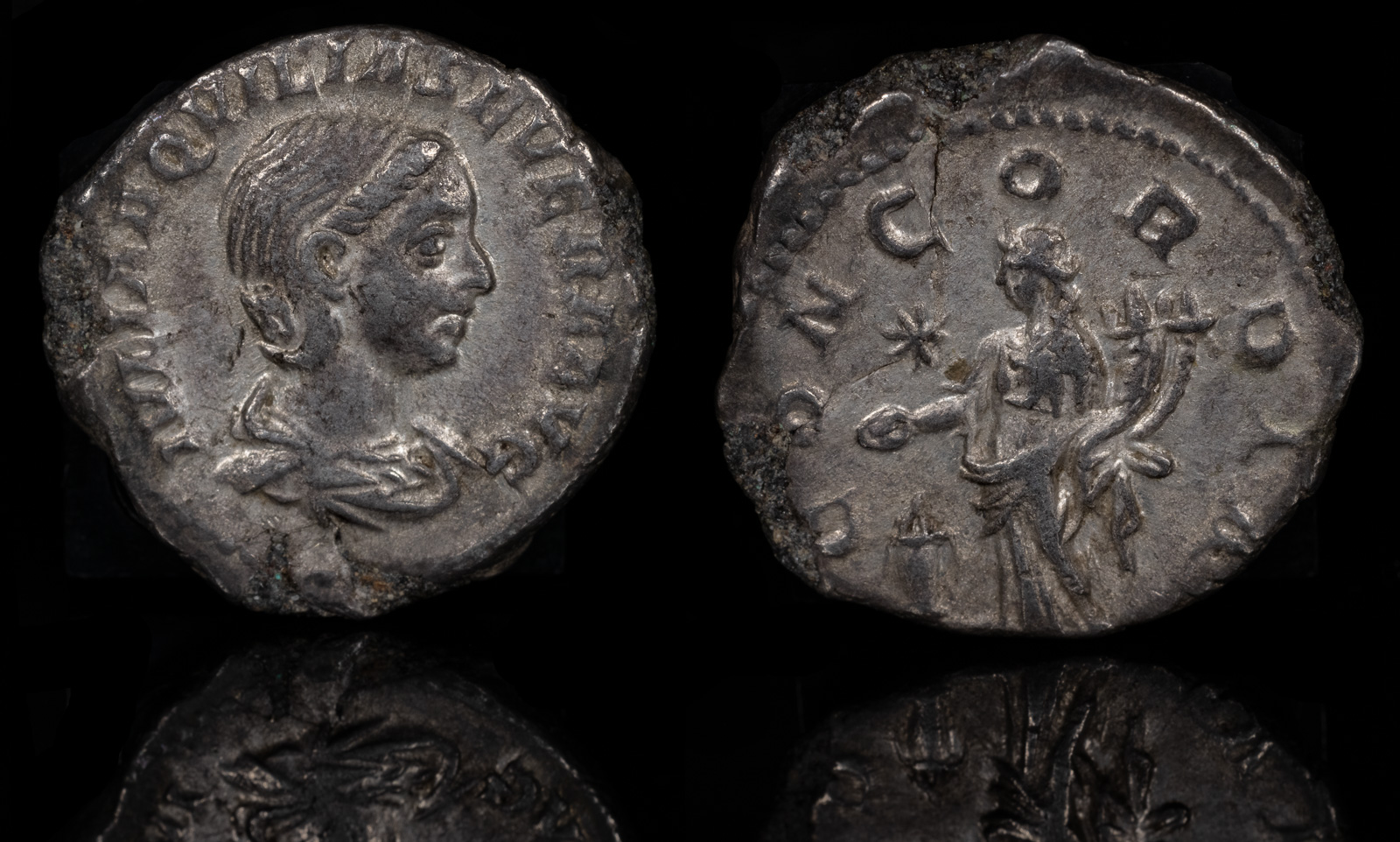Concordia
View All Tags
In the public sphere, Concordia represented political unity and the reconciliation of opposing parties. This was particularly vital in a society often beset by internal conflicts, such as between the patricians and plebeians or during periods of civil war. Temples dedicated to Concordia were erected in Rome, often following moments of reconciliation or peace. For instance, the Temple of Concord in the Roman Forum was built in 367 BCE to commemorate the resolution of tensions between the patrician and plebeian classes after the passage of the Licinian-Sextian laws. Such dedications reinforced the idea that harmony was divinely sanctioned and essential for the prosperity of the state.
In addition to her civic role, Concordia had a more personal aspect, representing harmony within families and relationships. She was often invoked in marriage and household contexts, where mutual understanding and cooperation were seen as crucial to maintaining order and happiness. In this sense, Concordia bridged the gap between public and private life, emphasizing that societal peace began with individual relationships.
On Roman coinage, Concordia was a popular motif, often depicted as a seated or standing figure holding symbols such as a patera (libation dish) and a cornucopia, representing peace and abundance. Sometimes, she was shown with clasped hands or paired with the legend “CONCORDIA,” underscoring the theme of unity. These coins were often issued during times of political alliance, peace treaties, or dynastic marriages, serving as visual propaganda to assure the public of the state’s stability and cohesion.
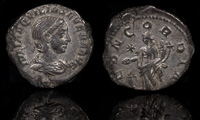
Aquilia Severa 220-222 CE
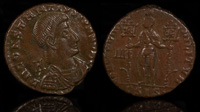
Constantius Gallus 350-351 CE
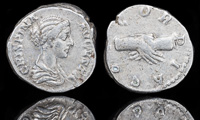
Crispina 177-182 CE
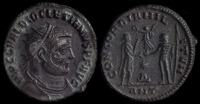
Diocletian 284-305 CE
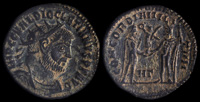
Diocletian 284-305 CE
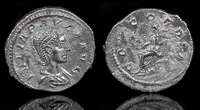
Julia Paula 219-220 CE
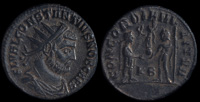
Maximianus Herculius 286-305 CE

Otacilia Severa 244-249 CE
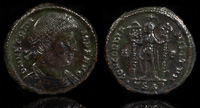
Vetranio 350 CE
